Report: Auto Loan Rejections Are Up and Poised to Keep Increasing

With dealer lots starting to fill back up with product after years of lean inventories that encouraged salespeople to ask for absolutely ludicrous prices, the Federal Reserve has found that lenders are declining would-be borrowers at a record-setting pace.
The reasons for this are many. Annual percentage rates have come up, requiring consumers to pay more money over time that lenders just aren’t certain they’ll see a return on. More people are also defaulting on loans across the board and inflationary pressures are poised to make the issue worse since the dollar just doesn’t go as far as it used to.
Based on new data released by the Federal Reserve shared by Car and Driver, auto loans rejections averaged 14.2 percent in June up from 9.1 percent in February. That’s a staggering increase in just a few months and the highest level since the Fed started collecting the relevant data in 2013. Though the report does showcase that vehicle-related loan rejections were actually a little lower than the 21.8 percent rejection rate average for all U.S. loans.
Still, it’s hard to turn the above into good news for regular Americans.
From Car and Driver:
Would-be-borrowers saw their applications for other loan types rejected at an increased rate, too: 21.5 percent of credit card applications were rejected, for example, along with 30.7 percent of credit card limit increase requests, 13.2 percent of mortgages, and 20.8 percent of mortgage refinance applications. The Fed said that the overall rejection rate for all credit applicants was almost 22 percent in June, the highest level in five years. The Fed said all age groups saw an increase in rejections, but the highest rejection rates were among people with sub-680 credit scores.
The reasons for the increased rejections can be found in the broader economy, especially the inflation of the last few years and the fact that rising interest rates have increased the amount of debt people have. Lenders are worried about borrowers being unable to pay, with good reason. Analysts at Cox Automotive noted last month that "auto loan performance resumed deteriorating in May as delinquencies and defaults both increased for the first time in three months."
Considering the number of studies we’ve seen over the years stipulating that the average household can no longer afford a new vehicle, sizable loans are the only way many can procure a fresh automobile. But lenders won’t be happy if there’s a chance they won’t be able to pay it off with interest and they’re buckling down.
We can blame automakers for prioritizing high-margin vehicles, regulators for ensuring tech and safety inclusions that have made manufacturing more expensive, the government for creating inflation through excessive spending, or consumers for going along with massive loan terms and all of the above.
While things may eventually improve, auto-loan delinquencies remain extremely high and are likely to keep lenders from opening the vault. Cox said delinquencies are the highest recorded since 2006 — right before we had a massive recession and some automakers started seeking bailout funding.
Everyone is assuming that things will get worse before they get better. Over the next twelve months, the Federal Reserve is estimating applicants seeking an auto loan will see rejection rates nearing 30 percent. That won’t be quite as bad as those seeking credit card applicants, increased spending limits or mortgages. But that’s going to be of little comfort as the broader economy seems poised for a downturn of epic proportions and incomes fail to achieve parity with annual inflation rates.
[Image: Pathdoc/Shutterstock]
Become a TTAC insider. Get the latest news, features, TTAC takes, and everything else that gets to the truth about cars first by subscribing to our newsletter.

A staunch consumer advocate tracking industry trends and regulation. Before joining TTAC, Matt spent a decade working for marketing and research firms based in NYC. Clients included several of the world’s largest automakers, global tire brands, and aftermarket part suppliers. Dissatisfied with the corporate world and resentful of having to wear suits everyday, he pivoted to writing about cars. Since then, that man has become an ardent supporter of the right-to-repair movement, been interviewed on the auto industry by national radio broadcasts, driven more rental cars than anyone ever should, participated in amateur rallying events, and received the requisite minimum training as sanctioned by the SCCA. Handy with a wrench, Matt grew up surrounded by Detroit auto workers and managed to get a pizza delivery job before he was legally eligible. He later found himself driving box trucks through Manhattan, guaranteeing future sympathy for actual truckers. He continues to conduct research pertaining to the automotive sector as an independent contractor and has since moved back to his native Michigan, closer to where the cars are born. A contrarian, Matt claims to prefer understeer — stating that front and all-wheel drive vehicles cater best to his driving style.
More by Matt Posky
Latest Car Reviews
Read moreLatest Product Reviews
Read moreRecent Comments
- 3-On-The-Tree My 2009 C6 corvette in black looks great when it’s all washed and waxed but after driving down my 1.3 mile long dirt road it’s a dust magnet. I like white because dust doesn’t how up easily. Both my current 2021 Tundra and previous 2014 Ford F-150 3.5L Ecobomb are white
- Bd2 Would be sweet on a Telluride.
- Luke42 When will they release a Gladiator 4xe?I don’t care what color it is, but I do care about being able to plug it in.
- Bd2 As I have posited here numerous times; the Hyundai Pony Coupe of 1974 was the most influential sports and, later on, supercar template. This Toyota is a prime example of Hyundai's primal influence upon the design industry. Just look at the years, 1976 > 1974, so the numbers bear Hyundai out and this Toyota is the copy.
- MaintenanceCosts Two of my four cars currently have tires that have remaining tread life but 2017 date codes. Time for a tire-stravaganza pretty soon.



















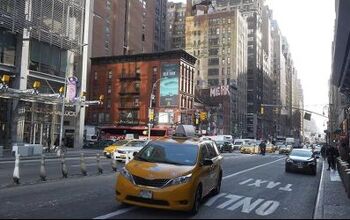

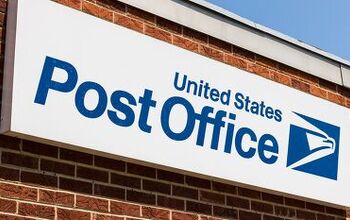



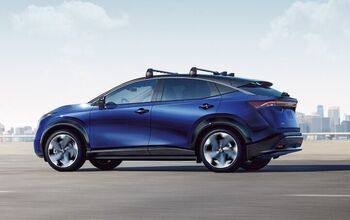
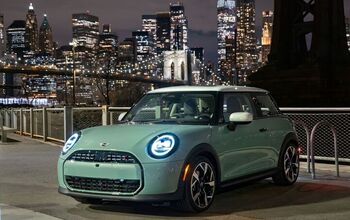

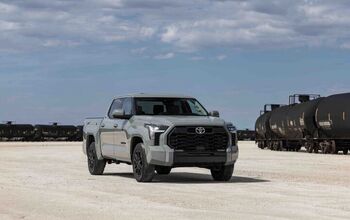
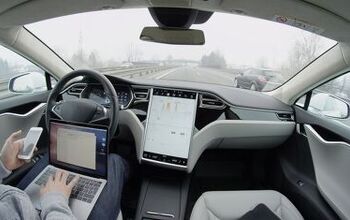
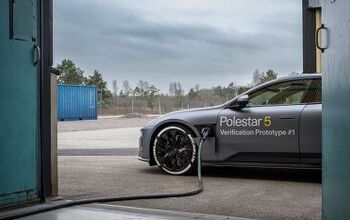
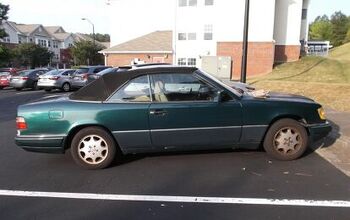
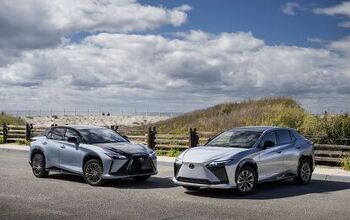

Comments
Join the conversation
"Most states had usury laws capping interest at 10-15%, while the prime was 19-21%"
Oh those are long gone.
Meanwhile in the PRK...
"What should shock Californians is a loophole in the state Constitution specifying that the usury law’s 10% rate cap doesn’t apply to “any bank created and operating under and pursuant to any laws of this state or of the United States of America.”
In practice, according to the California attorney general’s office, this means any loan from a bank, savings and loan, credit union, finance corporation or even a pawnbroker is exempt from the usury law.
Which is to say, most companies licensed to lend money to consumers in California aren’t covered by the primary state law that specifically addresses the lending of money to consumers in California."
.
.
.
"“Californians had strong consumer protections in place decades ago — specifically, a constitutional usury cap of 10%,” said Graciela Aponte-Diaz, director of federal campaigns for the Center for Responsible Lending.
“Through a process of deregulation in the 1980s and ’90s, the cap no longer applies to regulated financial institutions,” she told me. “Since then, predatory lending has proliferated in the state.”"
Funny how Kalifornia's consumer protections don't apply here, isn't it? Almost as if the "Democratic" Party is working for the same interests as the Evil Republicans(tm).
https://www.latimes.com/business/story/2021-07-30/column-california-usury-law
Expensive cars and now high arse interest rates. I talk to my friends in the industry. Folks are agreeing to sub-prime loans over 84 months! Dealers are like shrugging shoulders and shocked banks are financing folks on those types of deals!